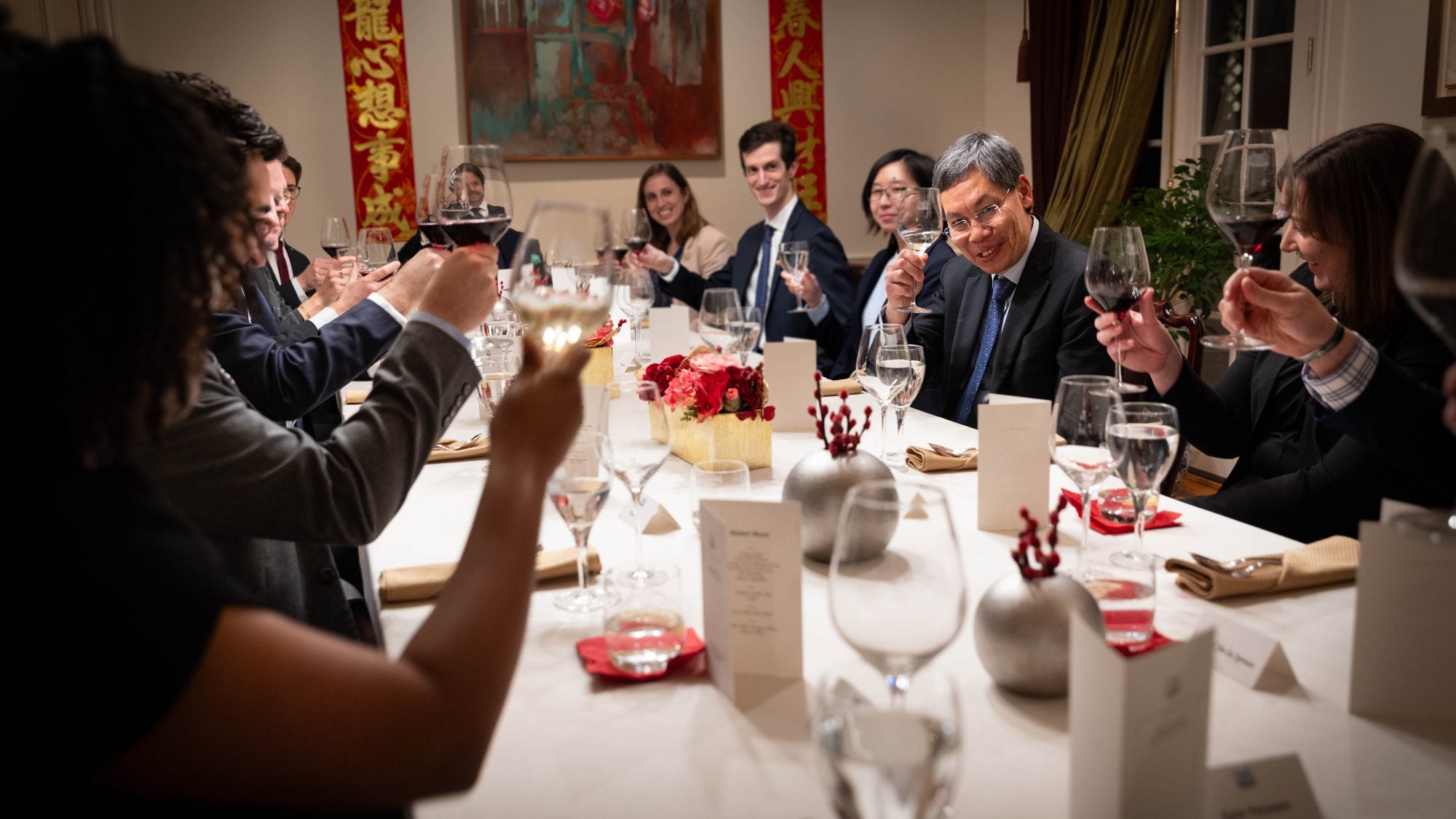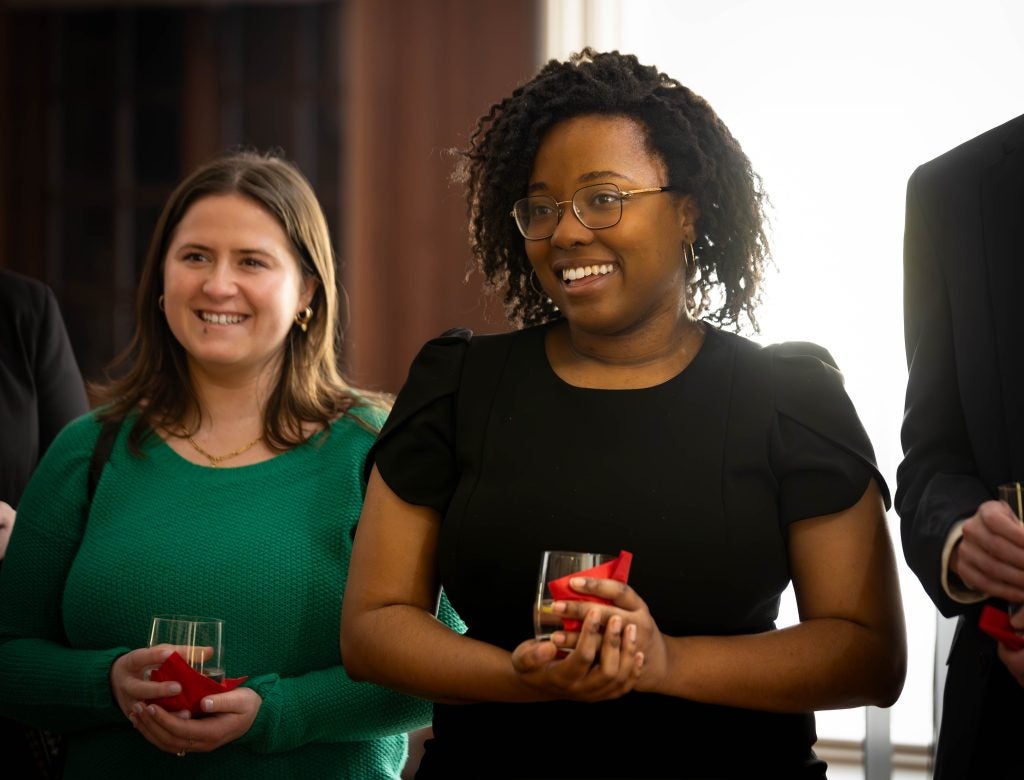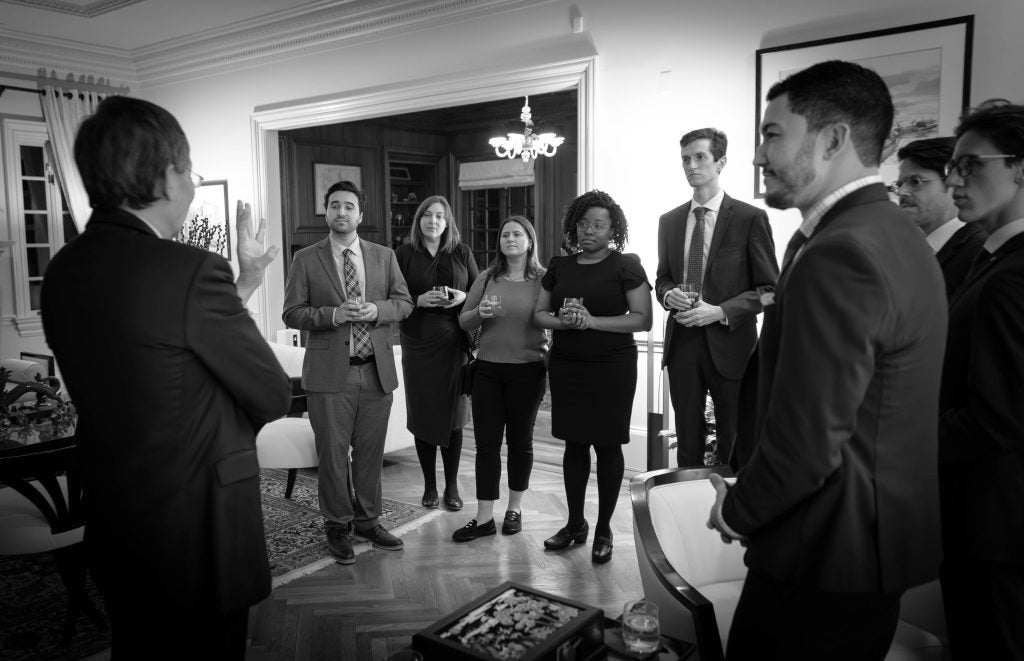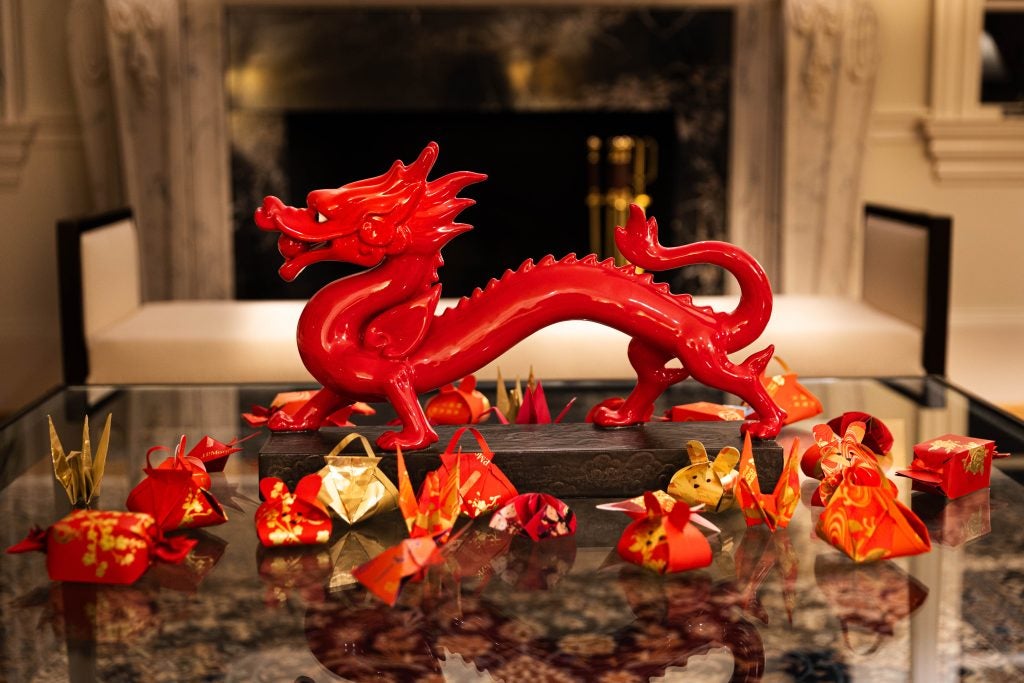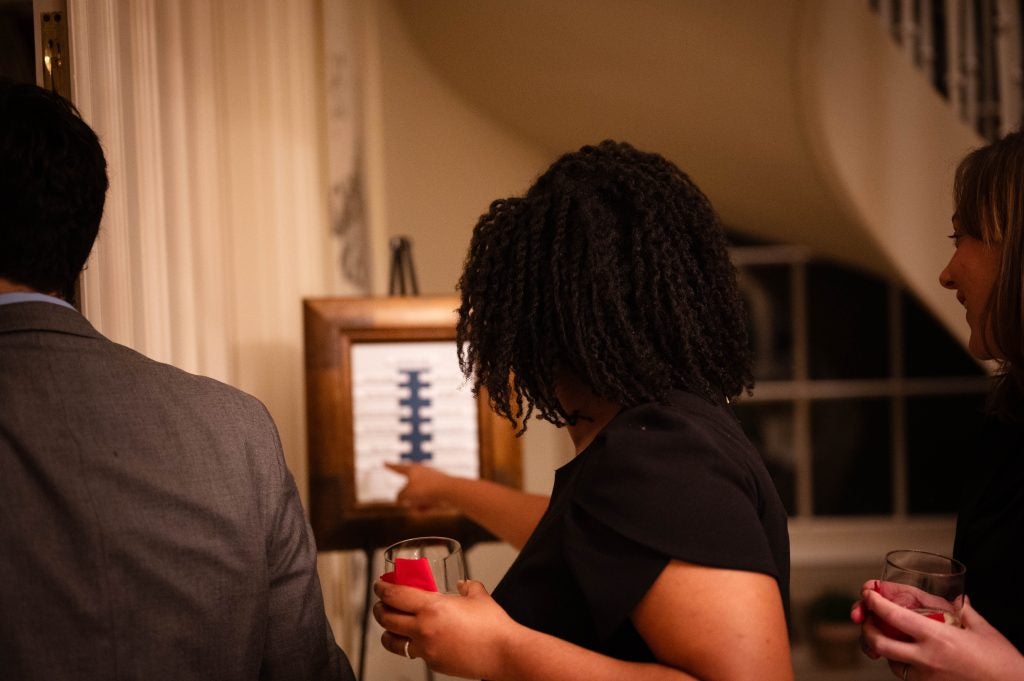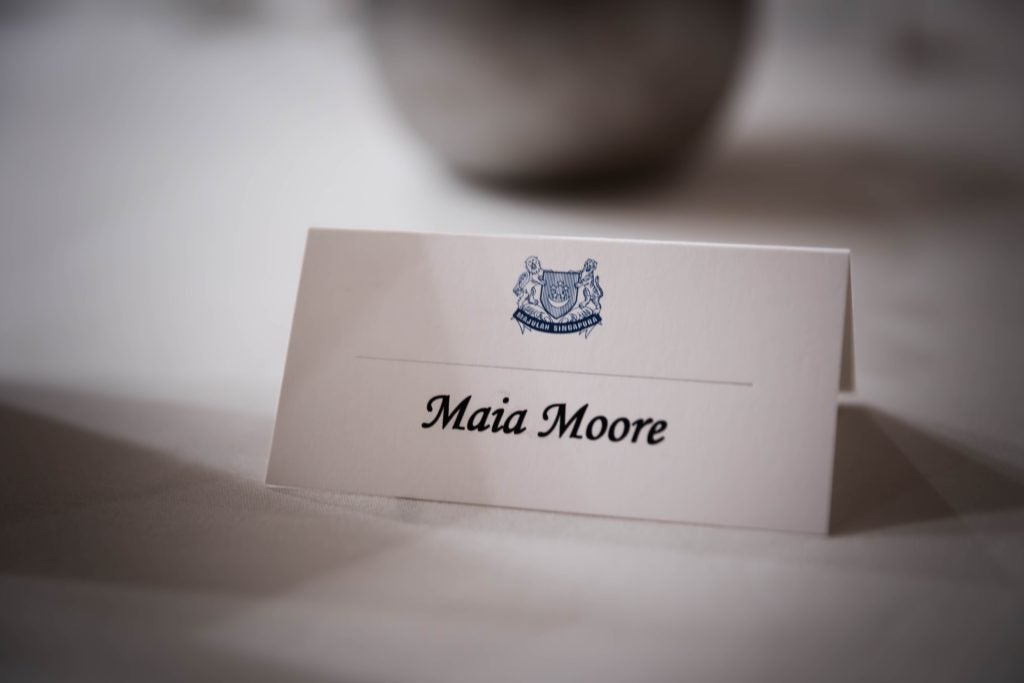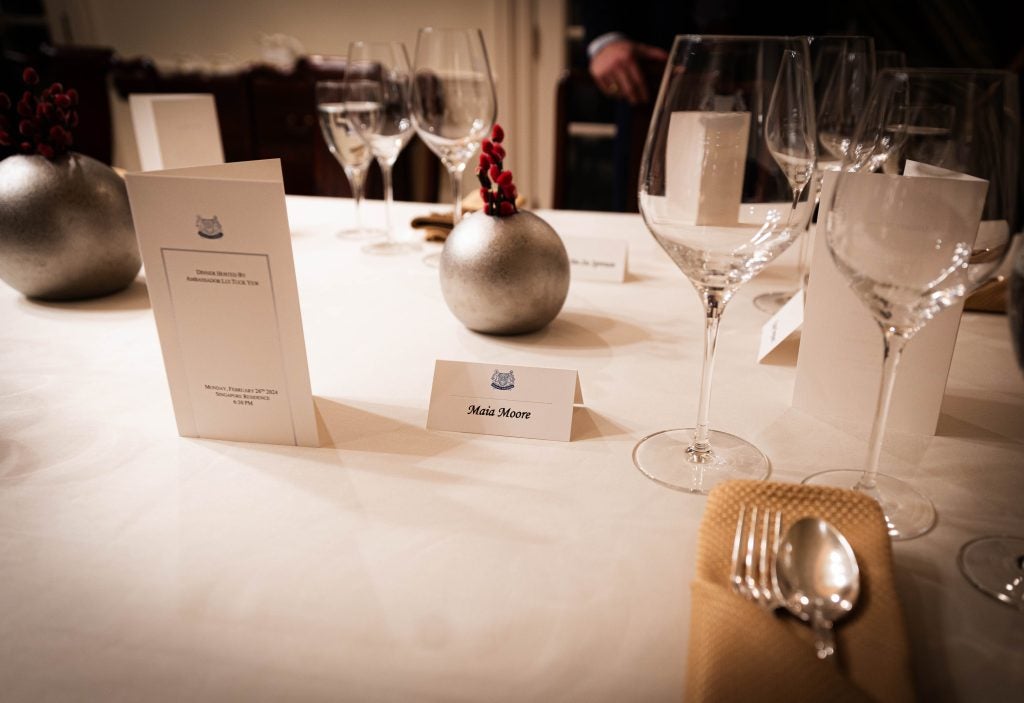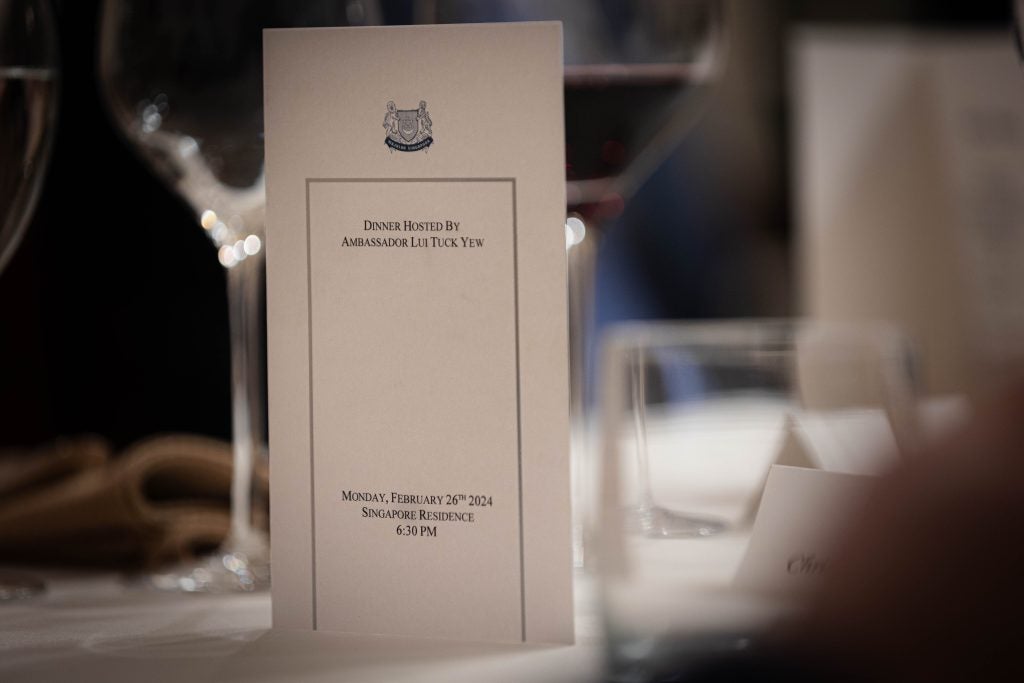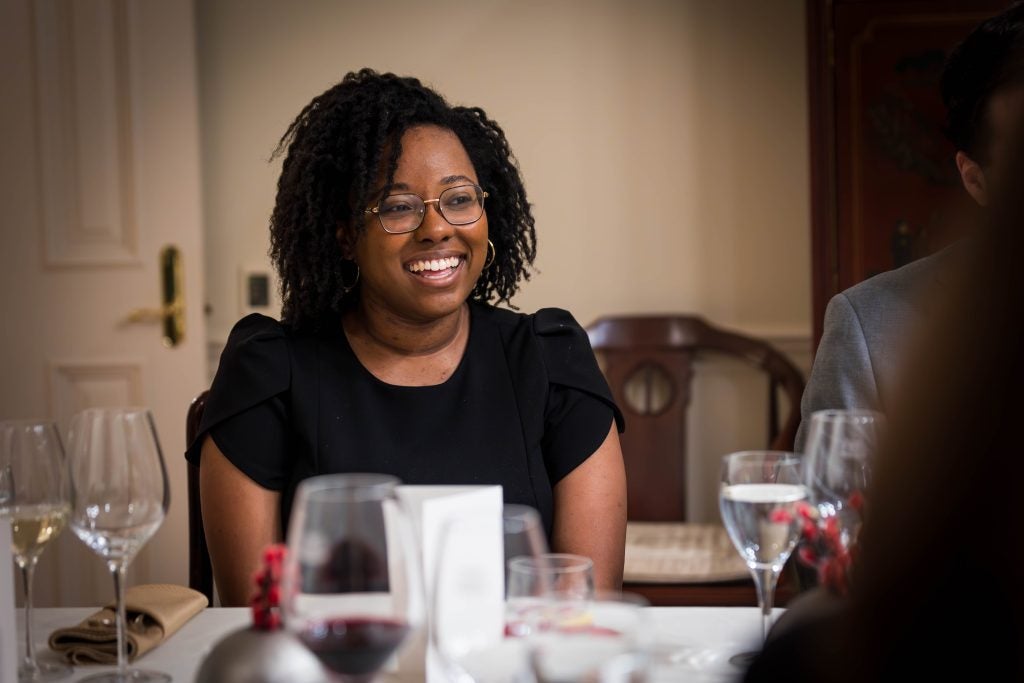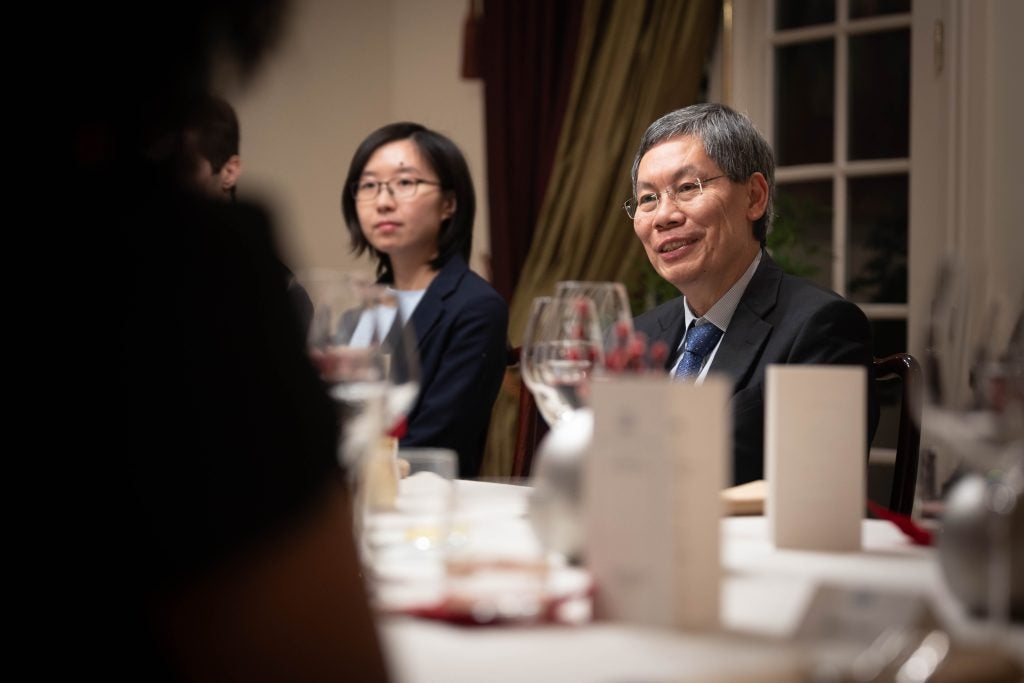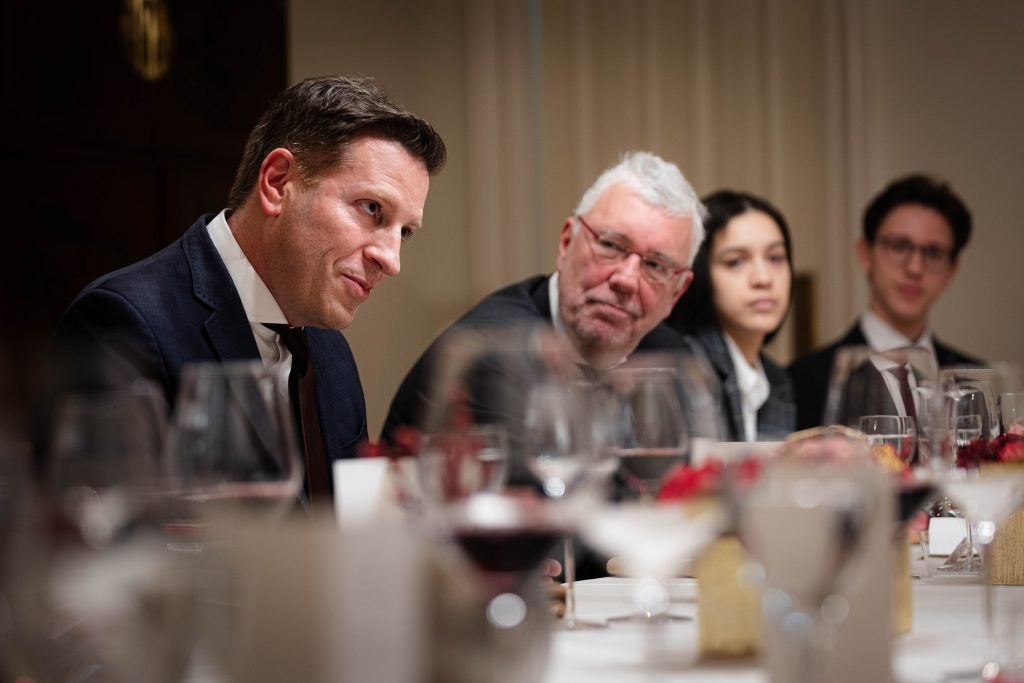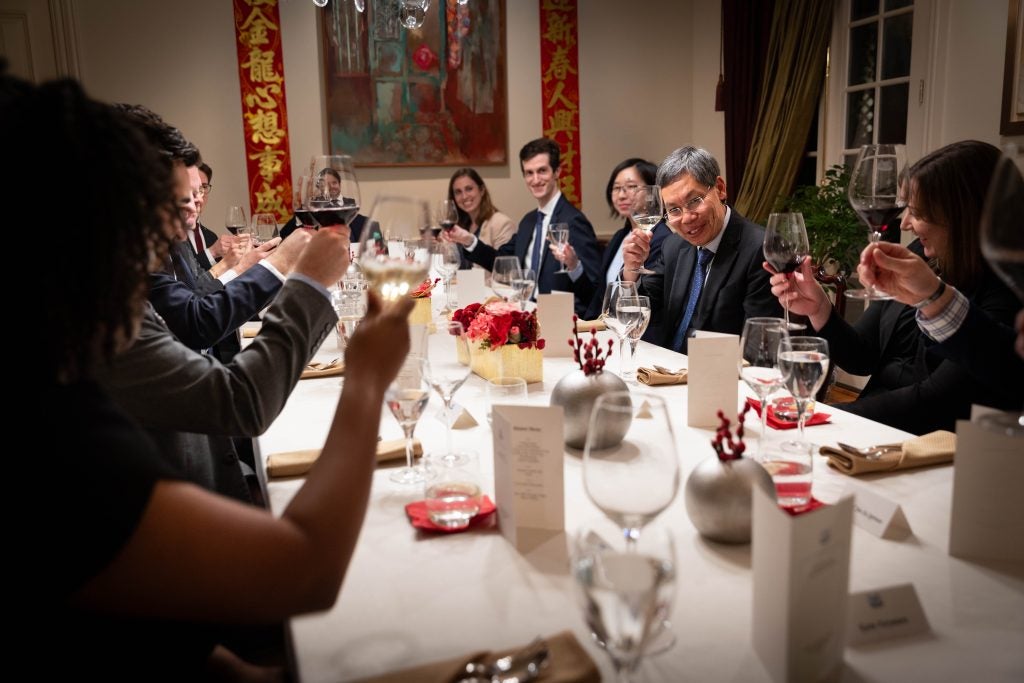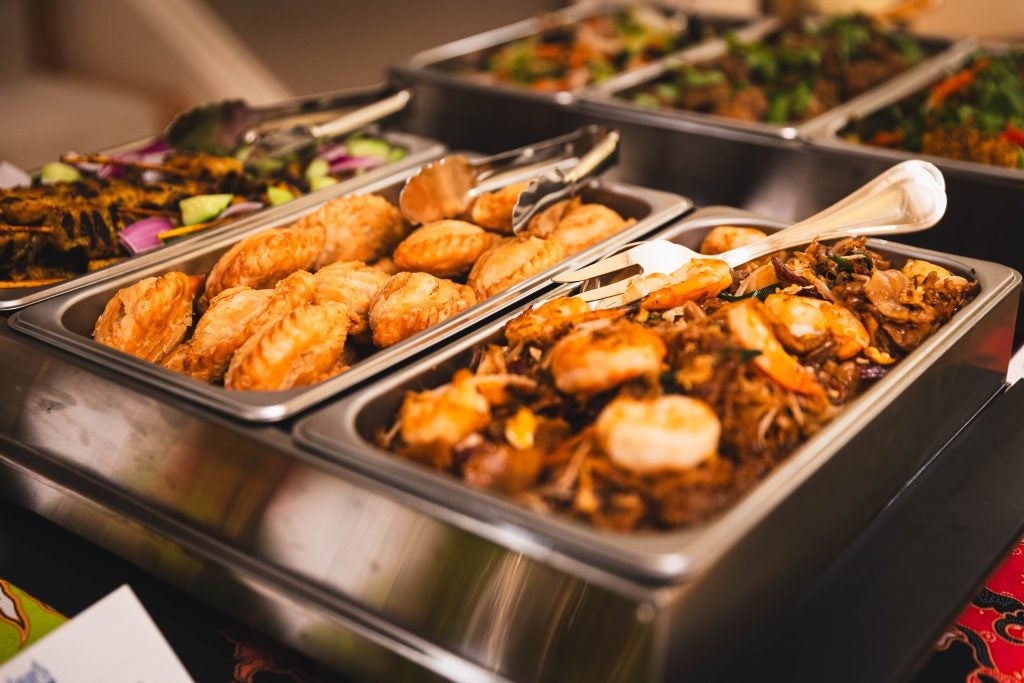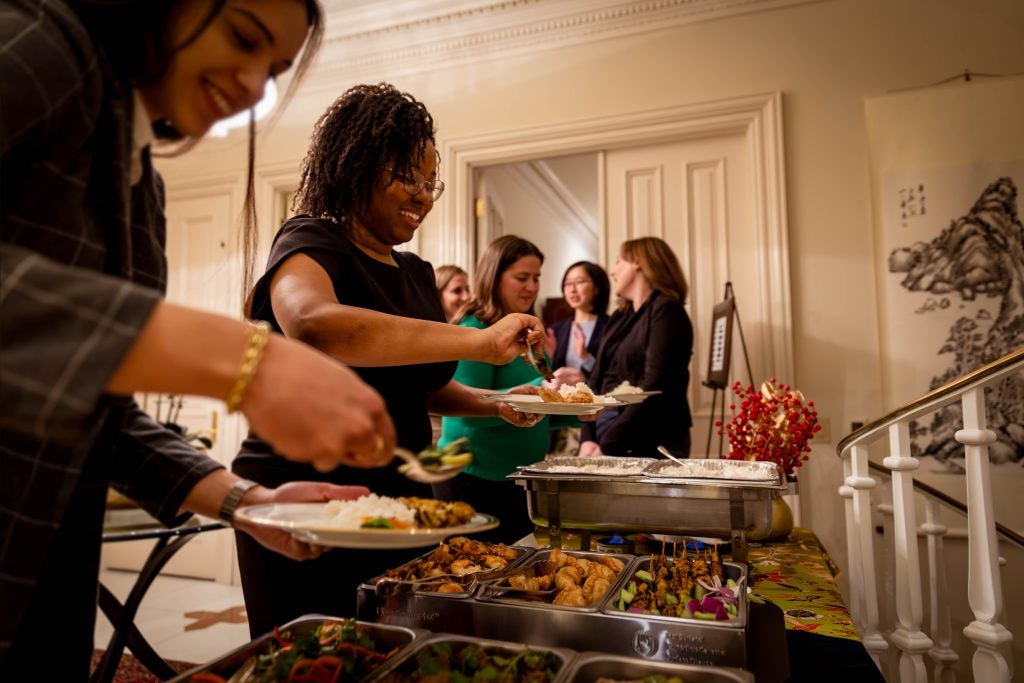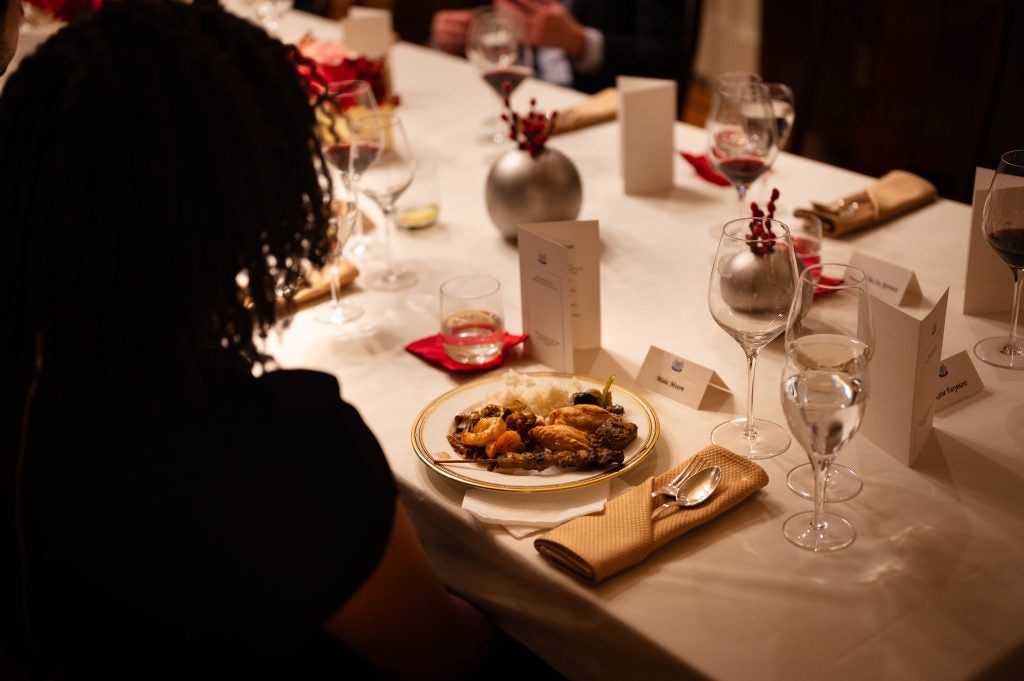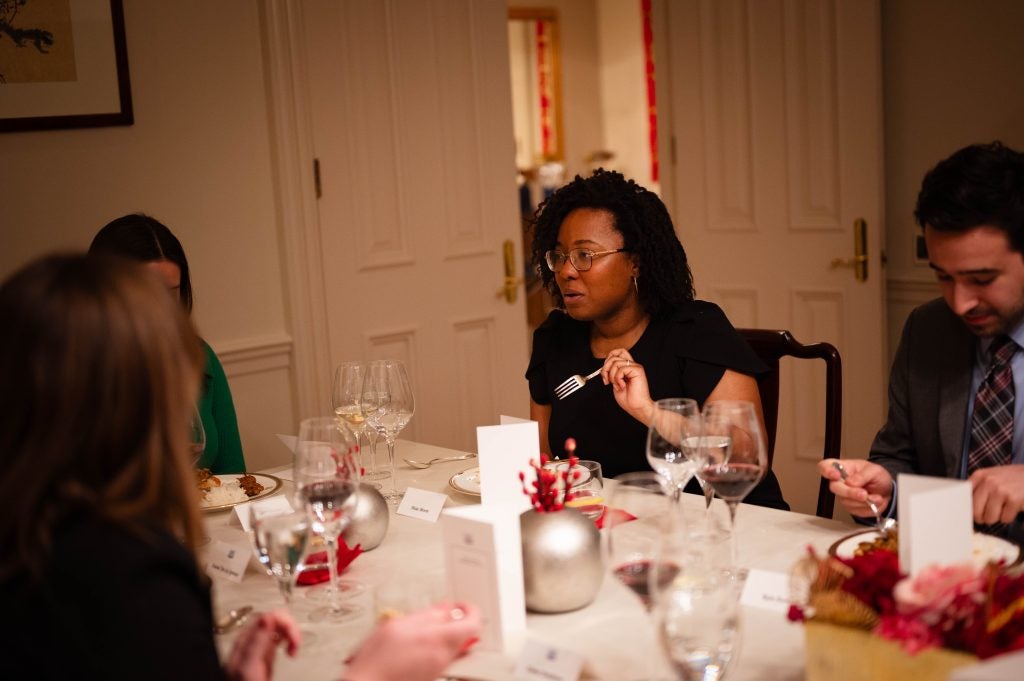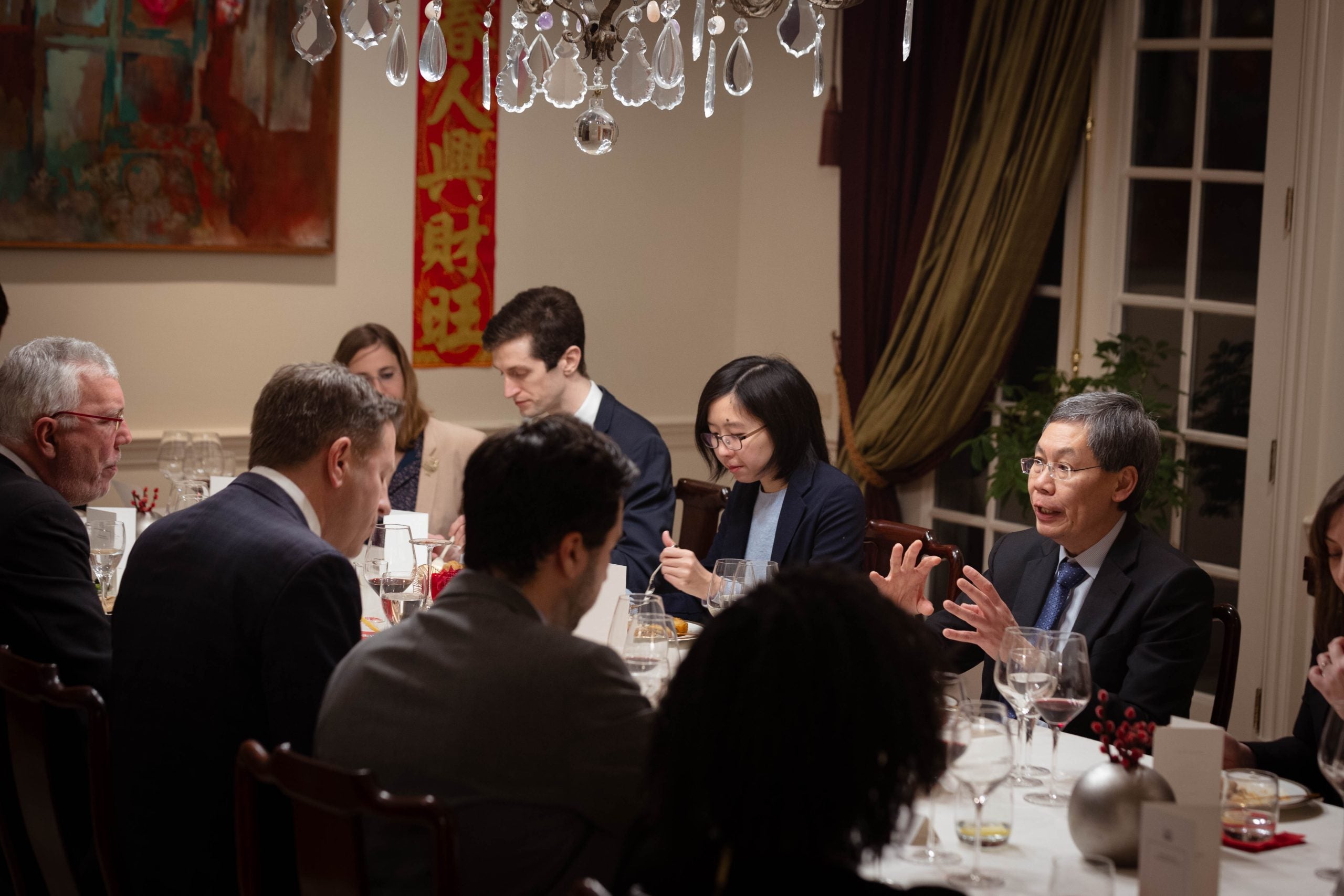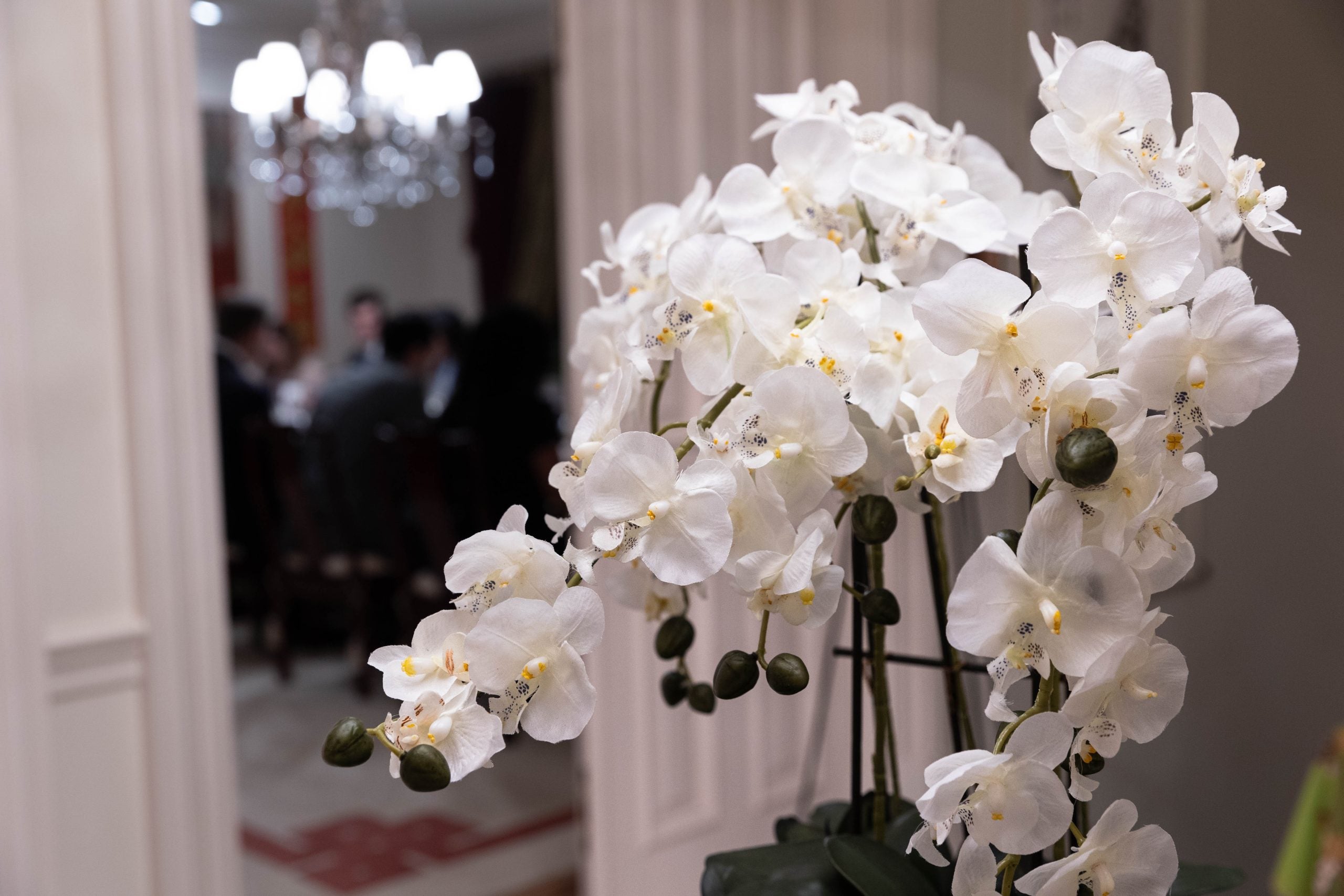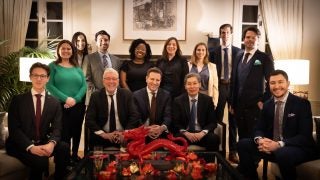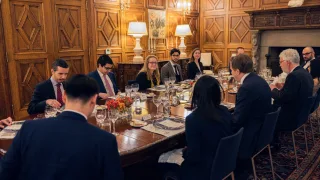Last summer, Maia Moore (G’24) was tossed into a diplomatic trial-by-fire during a United Nations meeting. As a fellow at the U.S. Mission to International Organizations in Vienna, she was tasked with speaking as the official representative of the U.S. at a UN meeting. And over the summer, she attended official diplomatic dinners, receptions and meetings trying to absorb all the nuances of statecraft.
“I attended these diplomatic receptions and dinners and had no idea what I was supposed to be doing,” she said. “I felt like I survived it, of course, but I definitely felt like there was an art to it that I wasn’t completely aware of.”
As a Rangel Fellow who will join the U.S. Foreign Service after graduating this spring with her master’s degree in foreign service, she knew she had to hone that art form. So when she discovered the Art of Diplomacy class offered jointly by the McCourt School of Public Policy and the School of Foreign Service, she immediately applied.
In a class of just 10 students, Hoyas visit diplomatic embassies and residences around Washington, DC, every week to dine with and learn from ambassadors. They’re taught by Mark Vlasic, adjunct professor of law and public policy, and Belgian Ambassador Jean-Arthur Regibeau.
Decisions of global importance have often been made at the dinner table. And over full-course meals resplendent with drinks, hors d’oeuvres, main courses and desserts, students fill the shoes of diplomats every Monday evening to discuss foreign policy, careers in international affairs and other lessons in diplomacy.
To give you an inside look, step inside the diplomatic residence with Moore as she navigates the meticulous art of diplomacy over dinner with the Singaporean ambassador.
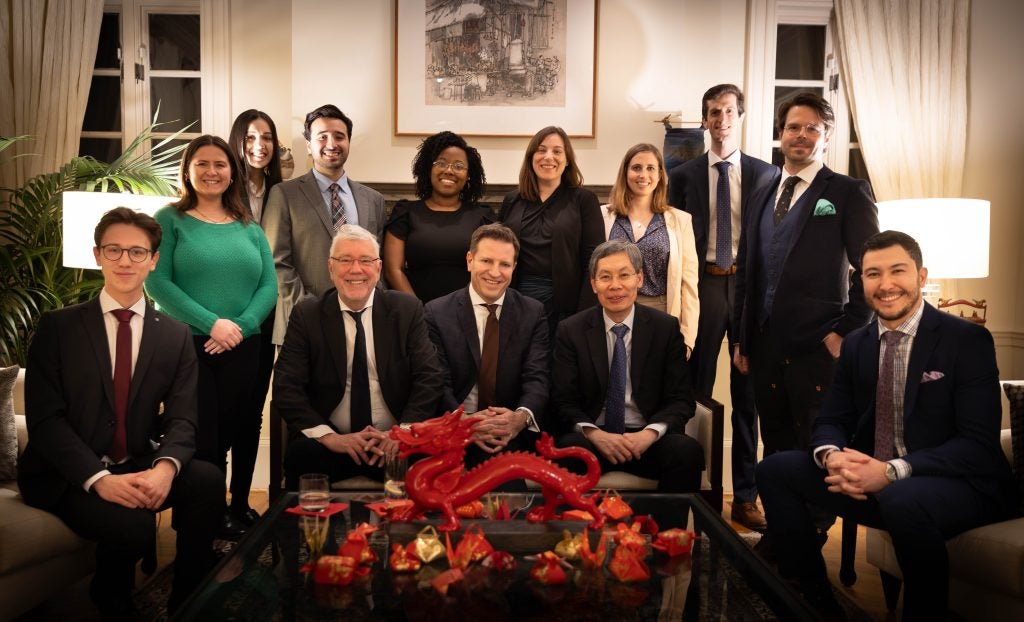
Arrival
Moore arrives at her class at 6:15 p.m. after a metro ride and short walk to the ambassador’s house in Northwest DC. Moore likes to come prepared to these dinners, typically reading the ambassador’s biography online while catching up on the latest news from the host country.
As she arrives, she finds a few of her classmates outside and exchanges ideas and facts she’s learned about Singapore and its ambassador to the U.S. in preparation for the class.
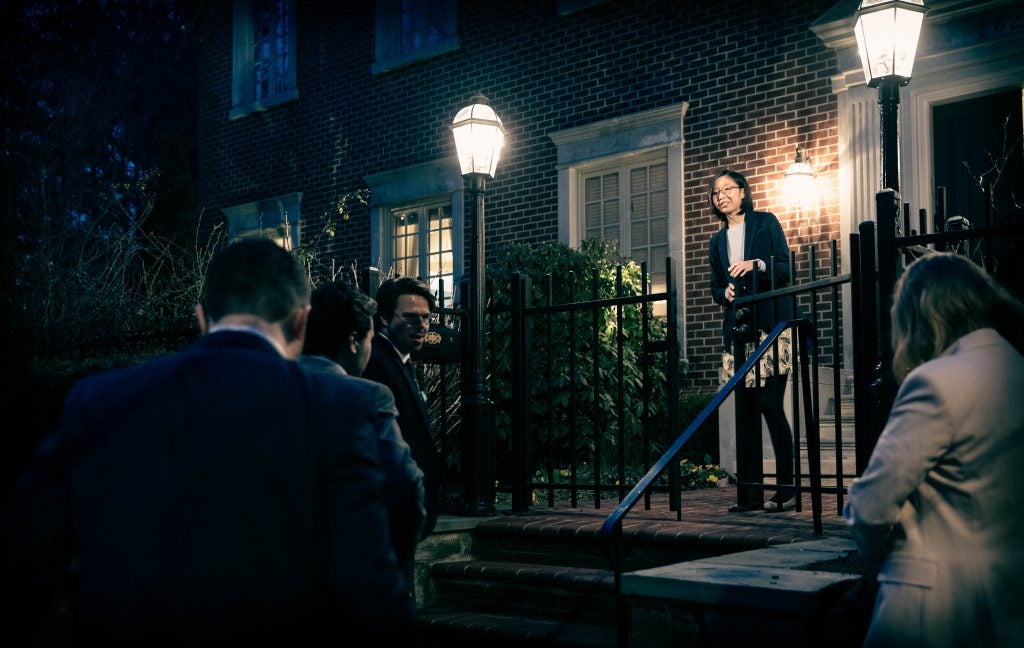
Small Talk and the Year of the Dragon
Once inside the residence, Moore finds the Singaporean ambassador, Lui Tuck Yew, talking to Vlasic and Regibeau in the parlor. As the class makes introductions, the ambassador’s staff takes drink orders. Moore listens intently to her peers as she settles in. When the conversation turns to the Lunar New Year, she asks the ambassador if the embassy hosted any celebrations for the Year of the Dragon.
“Some people are really good at jumping in and breaking the ice during that initial awkwardness,” she said. “I’m definitely one of the students who needs time to warm up. I can’t immediately ask a question.”
